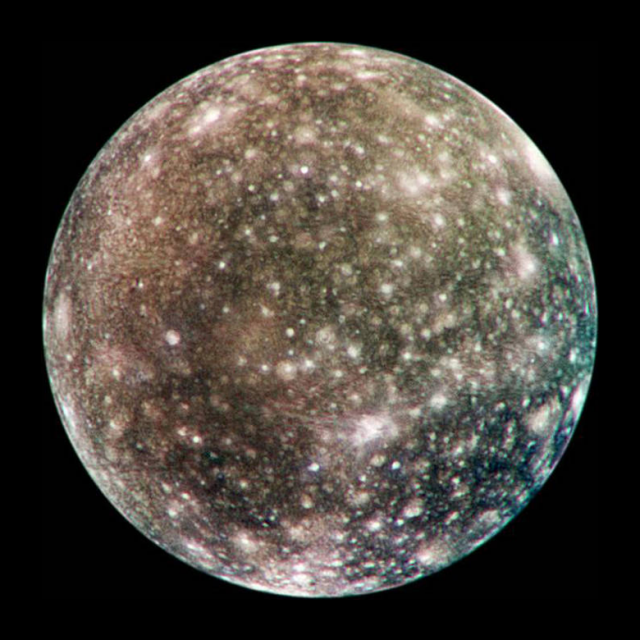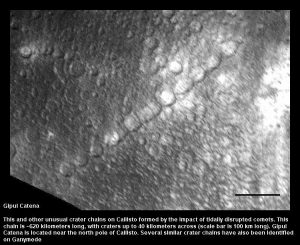Hi Peeps!
Science! I mentioned in last week’s post about ongoing research that I’m doing as I chug along in writing book 4 of The Jupiter Chronicles series titled, The Last Wordsmith.
If you missed it, you can still check it out here.
This week, we travel to Callisto which is the 2nd largest moon of the Jovian System after Ganymede. In the story, this is where the history of the Jovian Realm is recorded for the Book of Worlds. Given the real landscape of Callisto, I thought I’d incorporate the surface geography into that aspect of the story. Exactly how I did that will be revealed in book 4 but in the meantime, here are some fun facts to remember:
- The name Callisto, comes from Greek Mythology.
- It’s almost as big as Mercury but is not a planet because it does not orbit the sun.
- One orbit of Jupiter takes 16.7 days.
- It moves at 18,400 miles per hour.
- Callisto is composed of approximately equal amounts of rock and ice.
- Callisto may have a small silicate core and possibly a subsurface ocean of liquid water. This means it may be able to harbor life.
- The surface of Callisto is the oldest and most heavily cratered in the Solar System. Its surface is completely covered with impact craters.
- Some are chains of craters and within each crater, there is another. Some have multi-ring structures with ridges.
- It does not show any signs of plate tectonics which means no separation of mass under the surface.
- There are no signs that volcanic activity ever existed.
- Callisto’s rotation is tidally locked to its orbit around Jupiter, so that the same hemisphere always faces inward towards the planet.
- At a small scale, the surface is varied and made up of small, sparkly frost deposits at the tips of high spots, surrounded by a low-lying, smooth blanket of dark material.
- The craters have names! Most are named after characters and places in Norse Mythology. These include Tindr (an ancestor of Ottar), Heimdall and Valhalla. For a complete list of named craters, check out this list.
Fun stuff!
Chat soon!
~L


